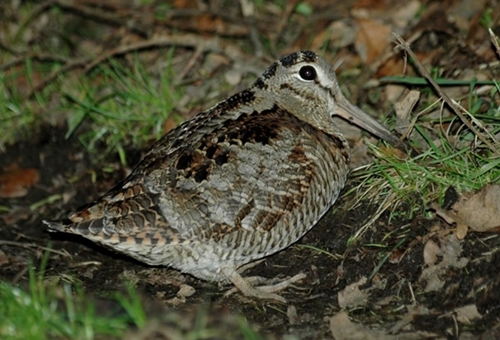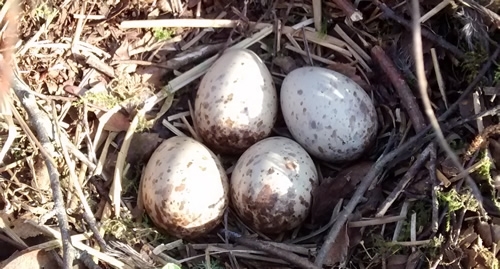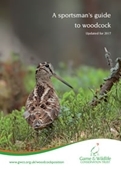By Dave Parish, Head of Scottish Lowland Research
The GWCT has studied the woodcock in great detail over the years, led most recently by Dr Andy Hoodless, and we know much about its lifestyle and habits thanks to this hard work. For example, satellite tracking has helped reveal the origins of migrants and their migration route, and the survey methods GWCT developed and helped implement in the mid-2000s showed that the UK population was approximately 6-times what was thought prior to that point.
 Photo by Chris Heward, GWCT
Photo by Chris Heward, GWCT
There is still a lot of focus on woodcock at present because of concerns over declining resident populations (more general information can be found here), so not surprisingly when we started working at GWSDF Auchnerran a couple of years ago, we began surveys to see how many woodcock we had on the farm.
It was clear when we started that the management on site prior to our tenancy had resulted in excellent conditions for breeding waders in general, with the unusual extensive farming system and intensive predator control resulting in very high breeding densities of lapwing, oystercatcher, snipe and curlew, and woodcock were no exception.
 Photo by Dave Parish, GWCT
Photo by Dave Parish, GWCT
In 2016 we began a concerted effort to count the birds across the whole farm, with invaluable help from our team of staff, students, volunteers and the local gamekeepers, which revealed a density of 4.3 roding males for each kilometre square, giving us an estimate of approximately 18 roding males for the farm in total. This year we found a density of 6.2 roding males/km2, or around 26 males in total. This is a really encouraging result and confirms that the farm supports a very healthy breeding population.
Last winter we held our first rough shoots on the farm which yielded a total of 13 woodcock. We view this species as an important component of the potential bag as many regard woodcock as the ultimate wild game bird. It is also important to emphasise the GWCT guidance regarding shooting of Woodcock, which we follow at GWSDF Auchnerran. The full text can be found here, but the key points are:
1) know your birds – if you can, count roding males to keep tabs on your breeding population and be observant in autumn to note when migrants are arriving.
2) exercise restraint when shooting, even when confident there are no resident woodcock present, as wintering birds are extremely site-faithful so over-shooting will deplete birds returning to your area.
3) be mindful of weather conditions - our current advice is to stop shooting after seven days with daily temperatures below 0°C, or with the onset of lying snow, and allow birds to recover for at least a week following such weather.
We hope in future to be able to study the woodcock population at GWSDF Auchnerran in more detail, working with Andy Hoodless and his team, to further increase our understanding of this important quarry species and contribute to its conservation.
Get your FREE pocket-size guide to woodcock & shooting
Simply enter your email address below to download your essential free guide.
 What's inside your FREE guide
What's inside your FREE guide
✓ Advice on when woodcock can be shot
✓ Guidance on when not to shoot woodcock
✓ Facts about the UK's resident woodcock population
✓ Information about the UK's migrant woodcock population
✓ Details of GWCT's pioneering woodcock research
*You may change your mind any time. For more information, see our Privacy Policy.